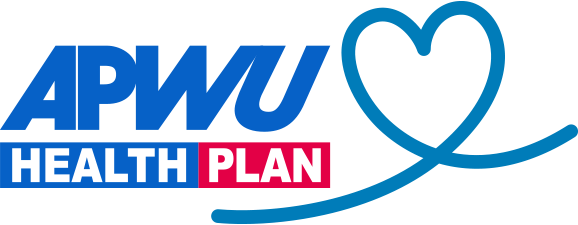Quit For Life® is a smoking cessation program available with a $0 out-of-pocket cost.
As a program that provides a clear path to enjoying life without tobacco, each coach-guided step gives you the confidence you need to quit for good as you progress.
Quit For Life provides:
- Nicotine replacement therapy (NRT) at no additional cost for those who are eligible—like patches or gum that can help you manage cravings and quit for good
- 24/7 access to coaches, tools, and support to help you quit smoking, chewing, vaping, or however you use tobacco or nicotine
- Real-life tips and coach support to build your personalized Quit Plan, with recommended daily goals, articles, and videos
- One-to-one access to coaches via phone, chat, or text, plus coach-led group video sessions that provide guidance at every step
- A mobile app and access to Text a Coach for resources, encouragement, and reminders
Join Quit For Life
The Quit For Life® program provides information regarding tobacco cessation methods and related well-being support. Any health information provided by you is kept confidential in accordance with the law. The Quit For Life program does not provide clinical treatment or medical services and should not be considered a substitute for your doctor’s care. Participation in this program is voluntary. If you have specific health care needs or questions, consult an appropriate health care professional. This service should not be used for emergency or urgent care needs. In an emergency, call 911 or go to the nearest emergency room.

